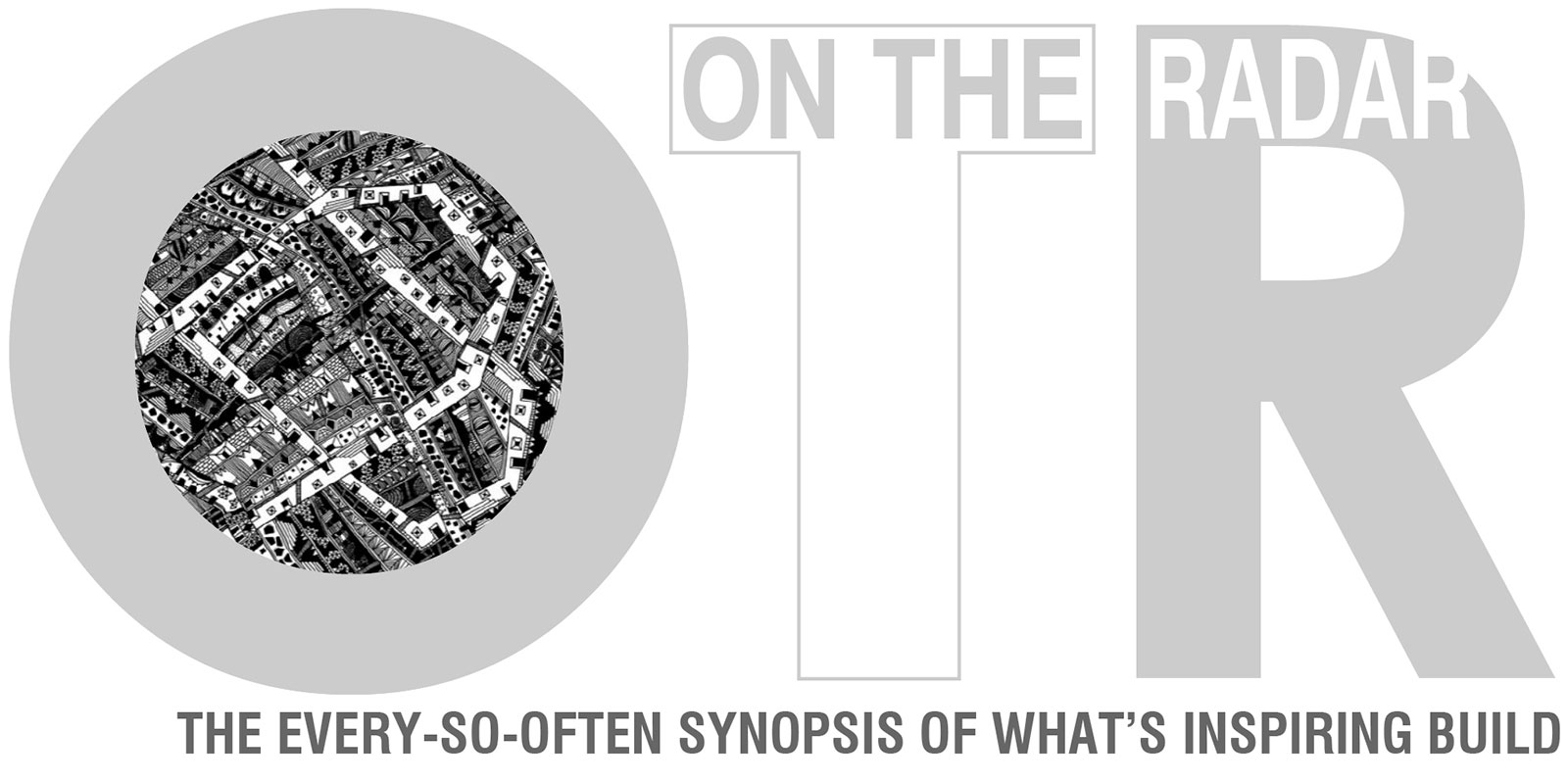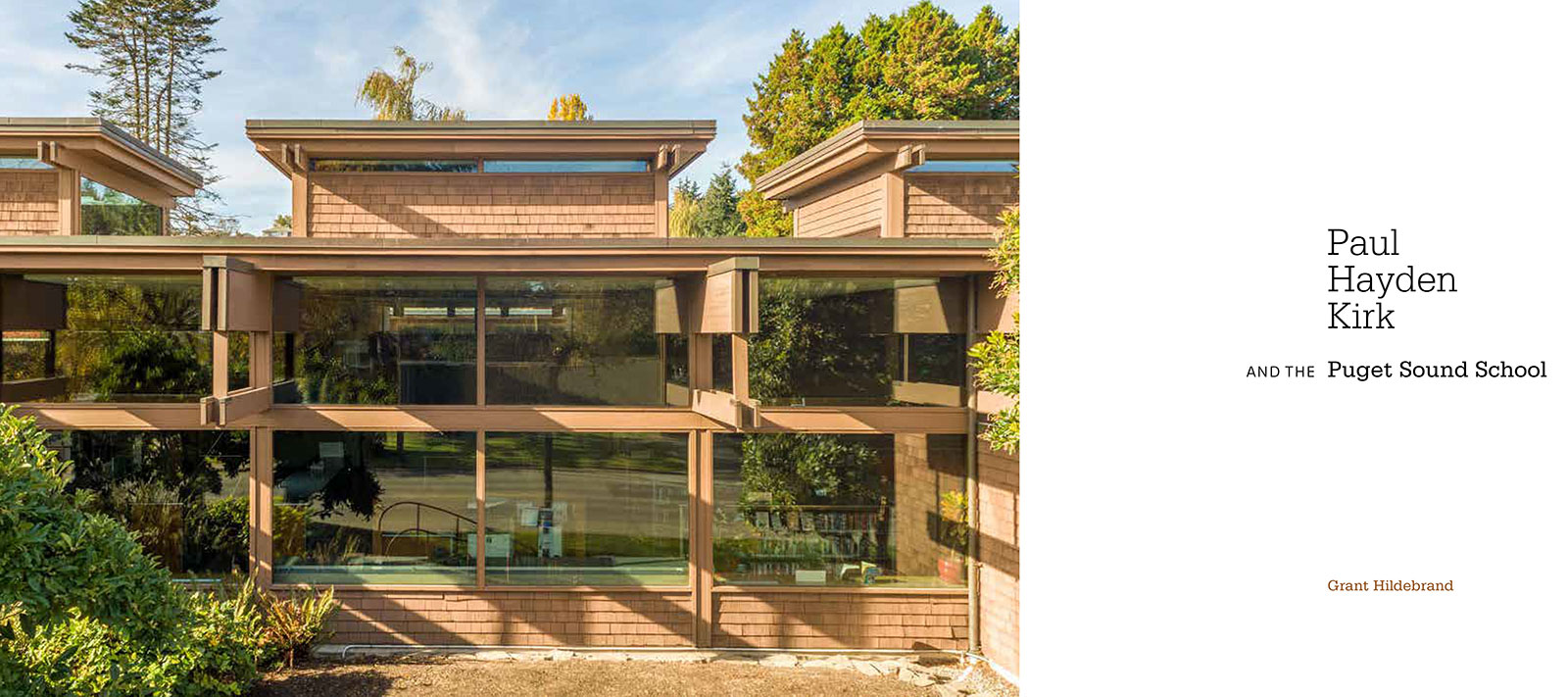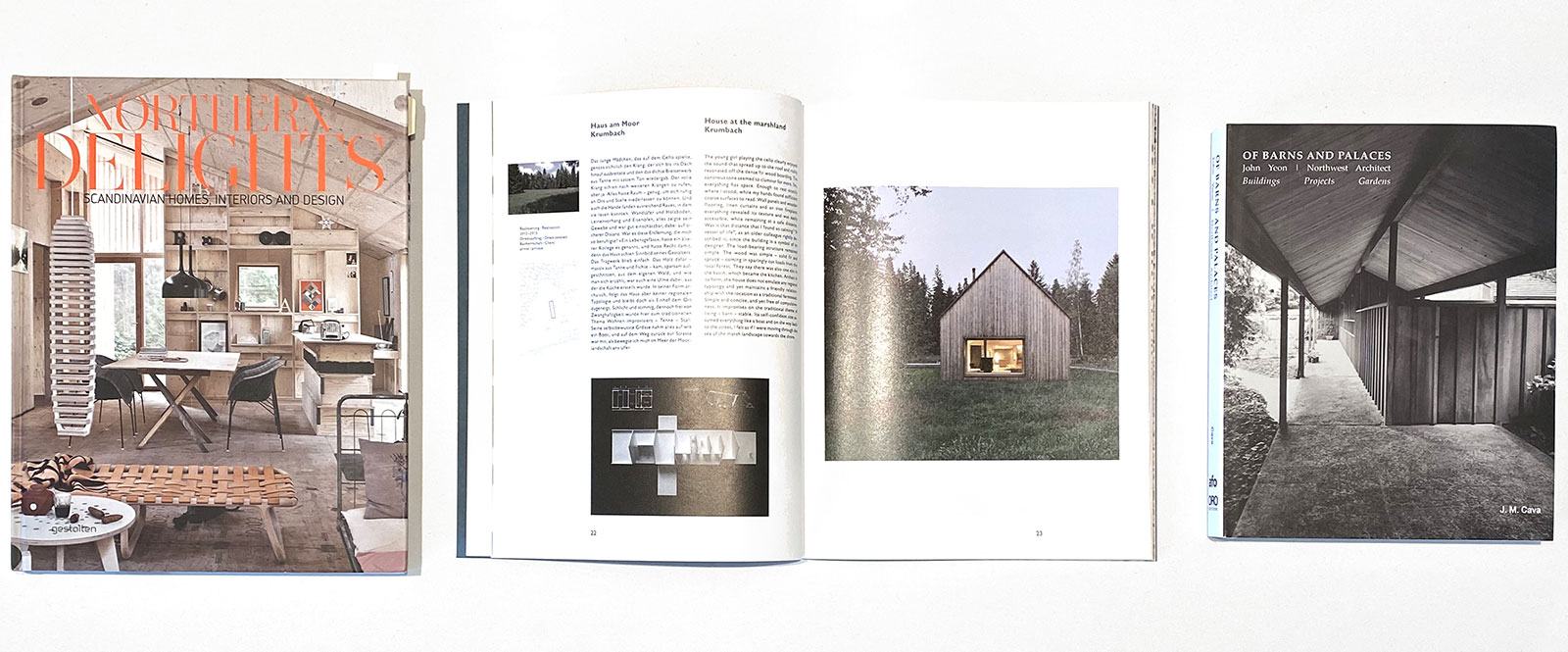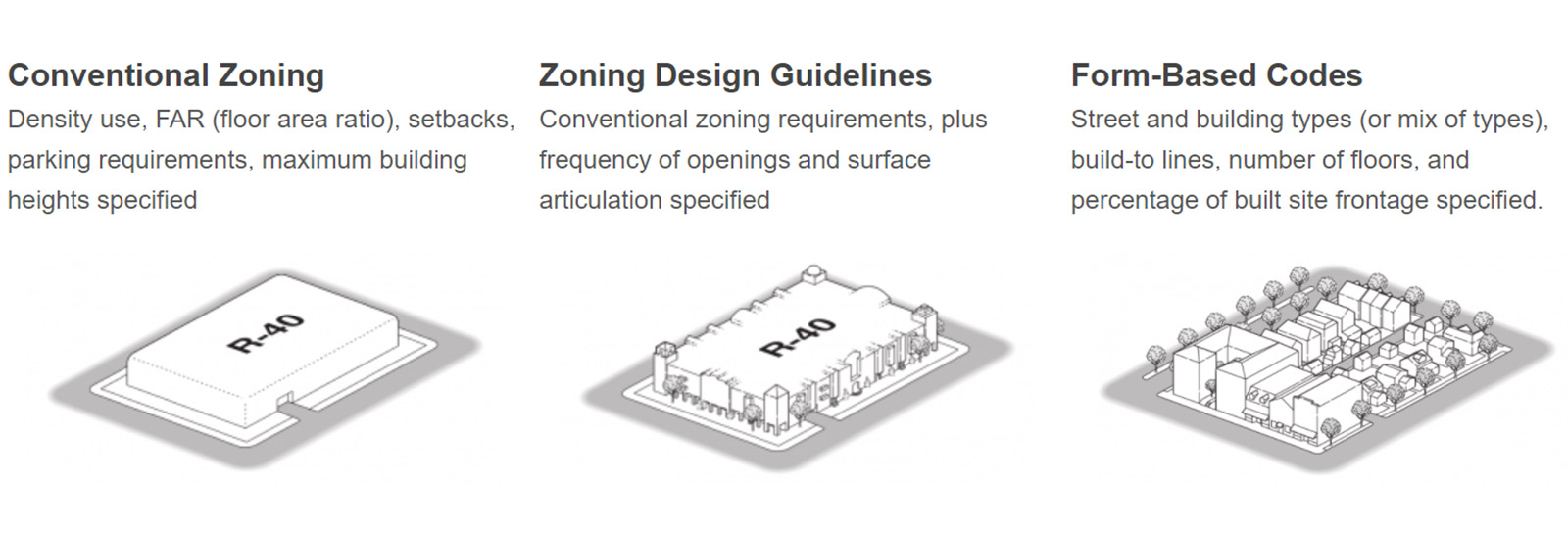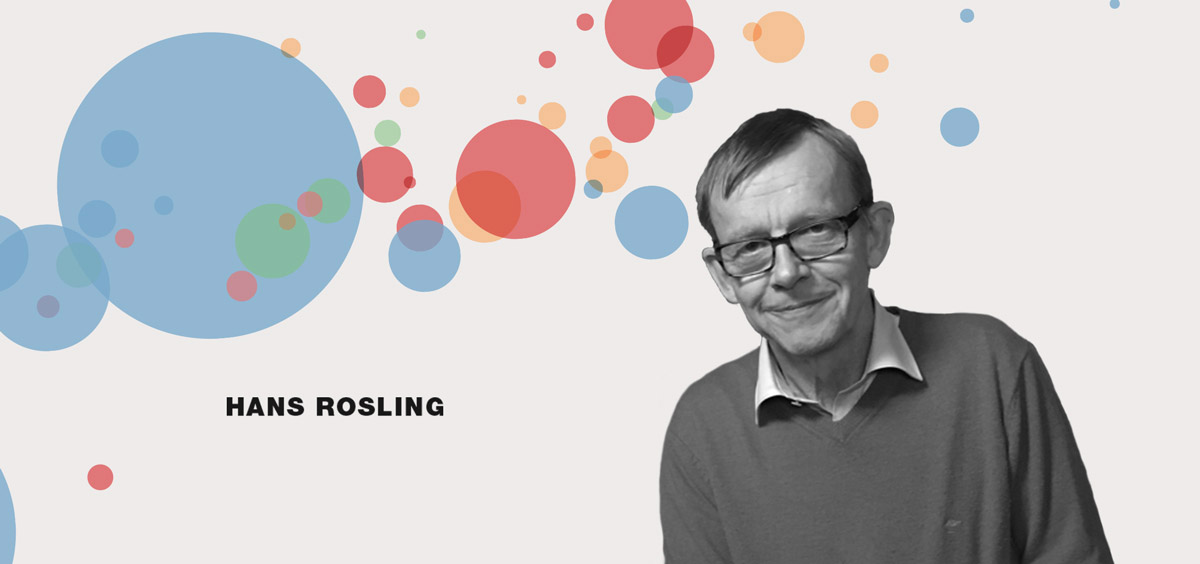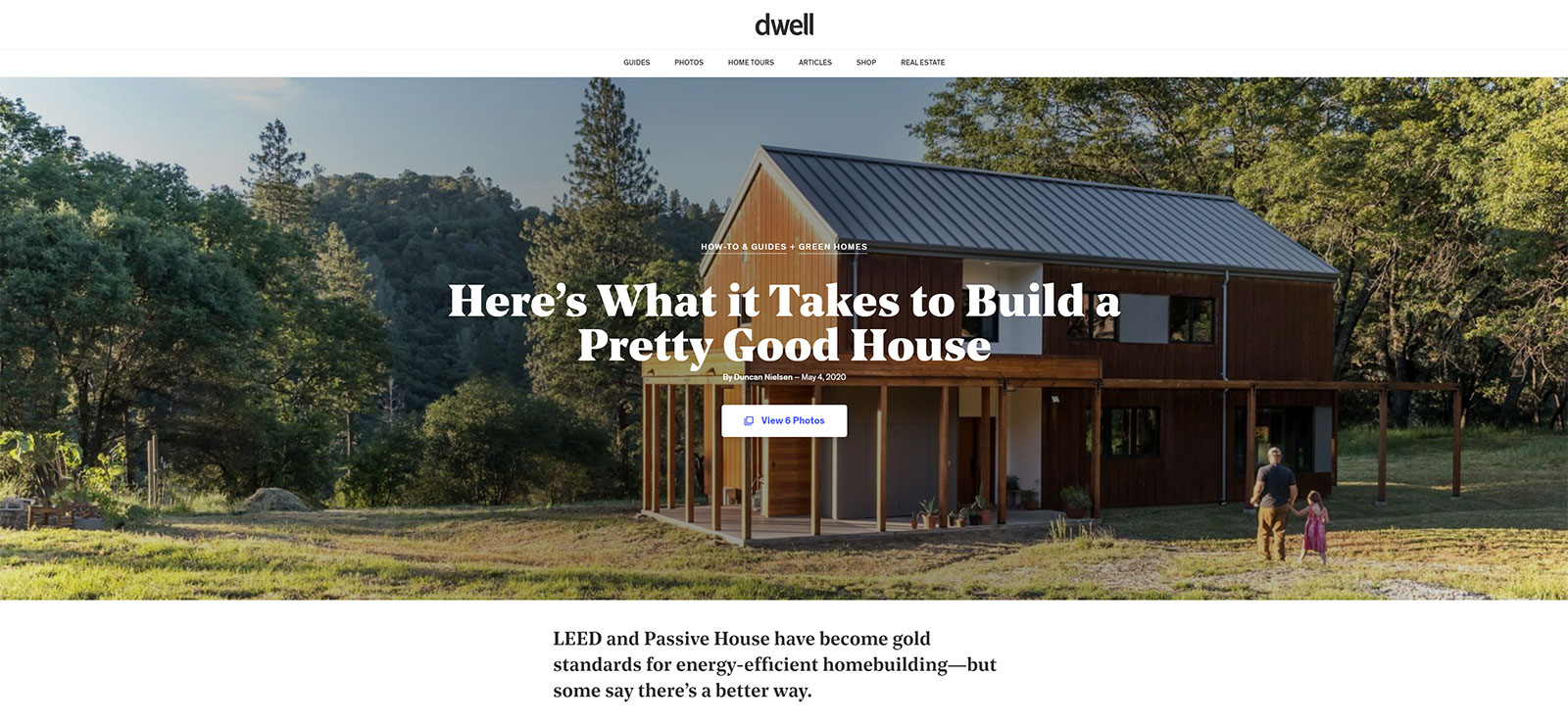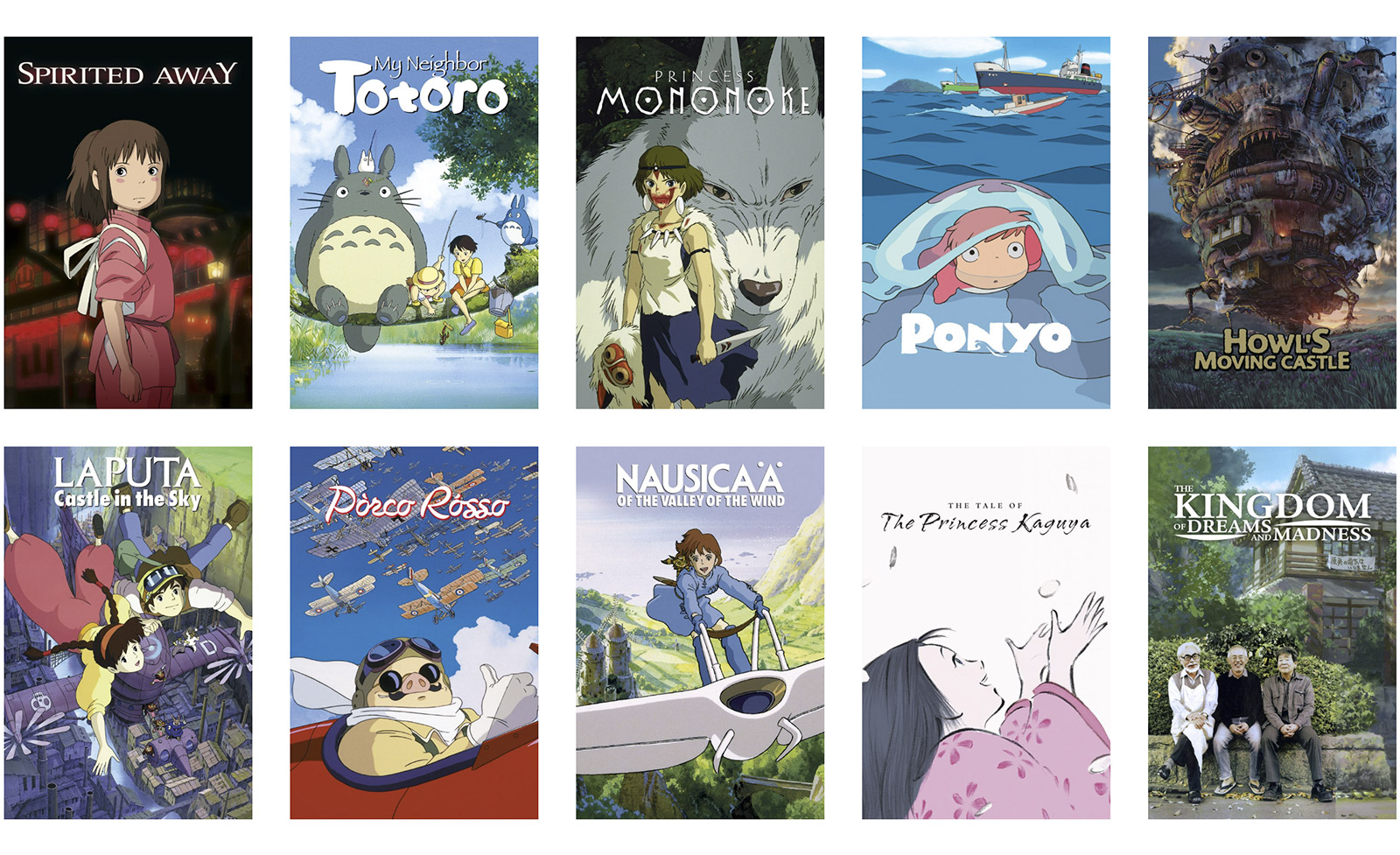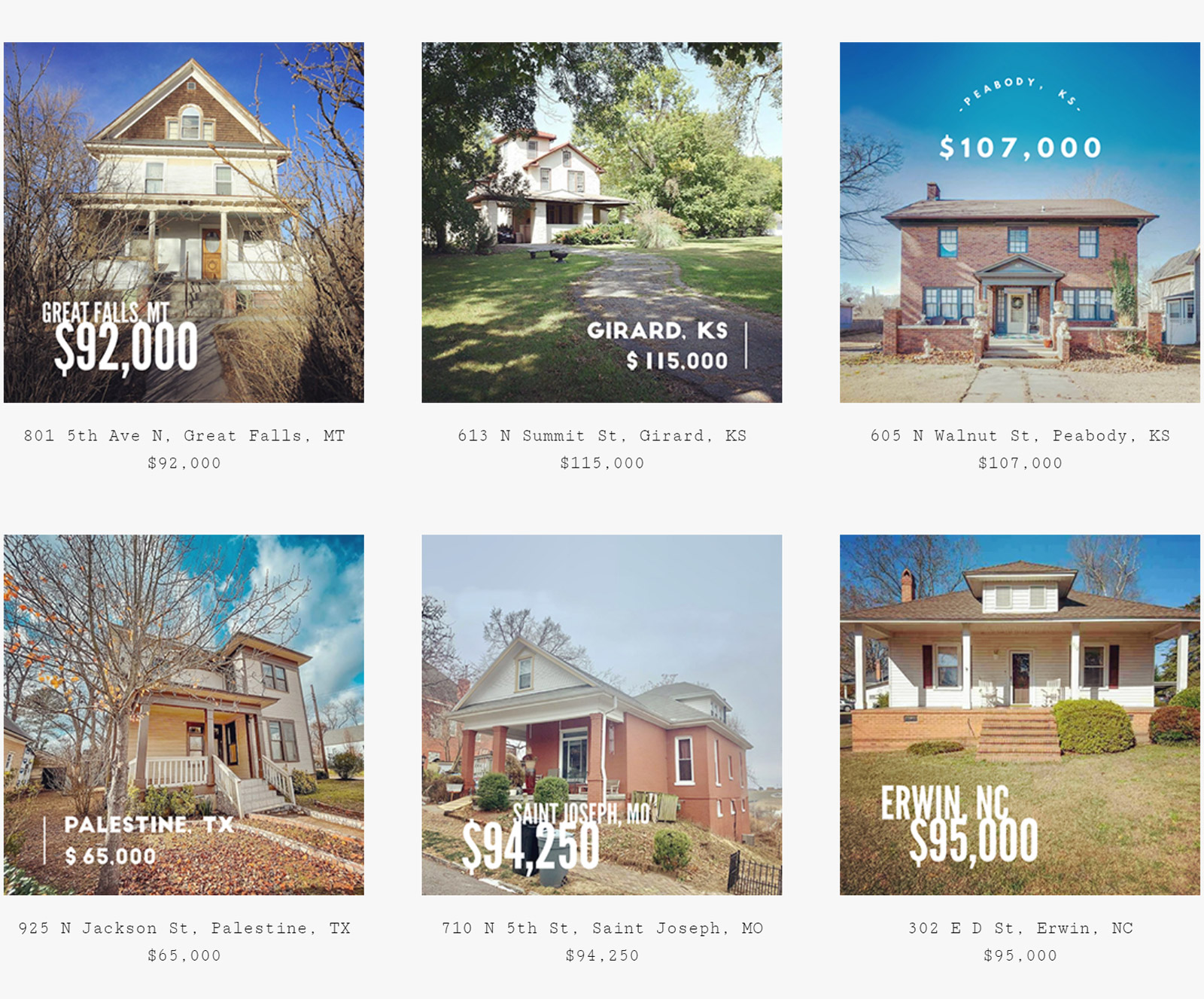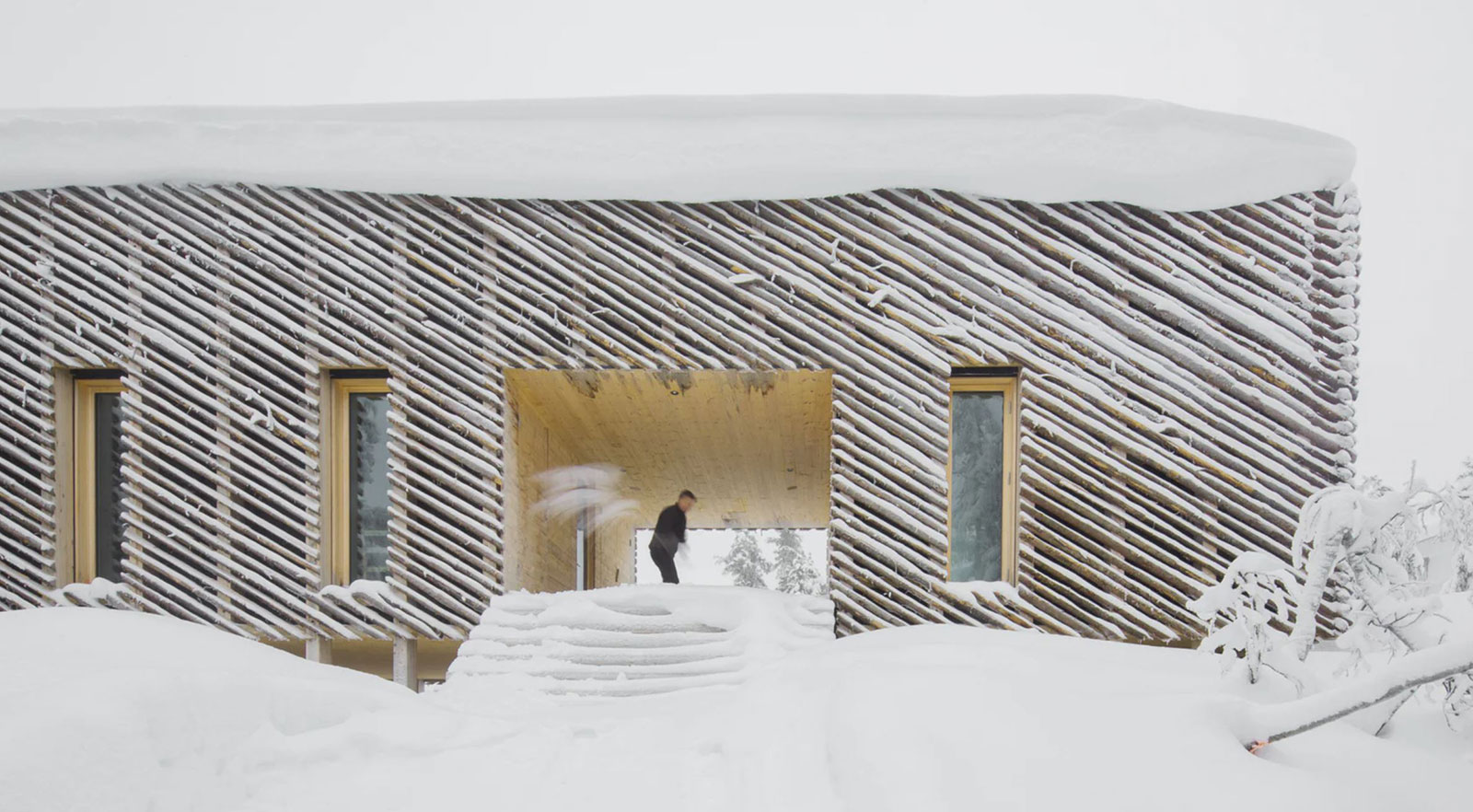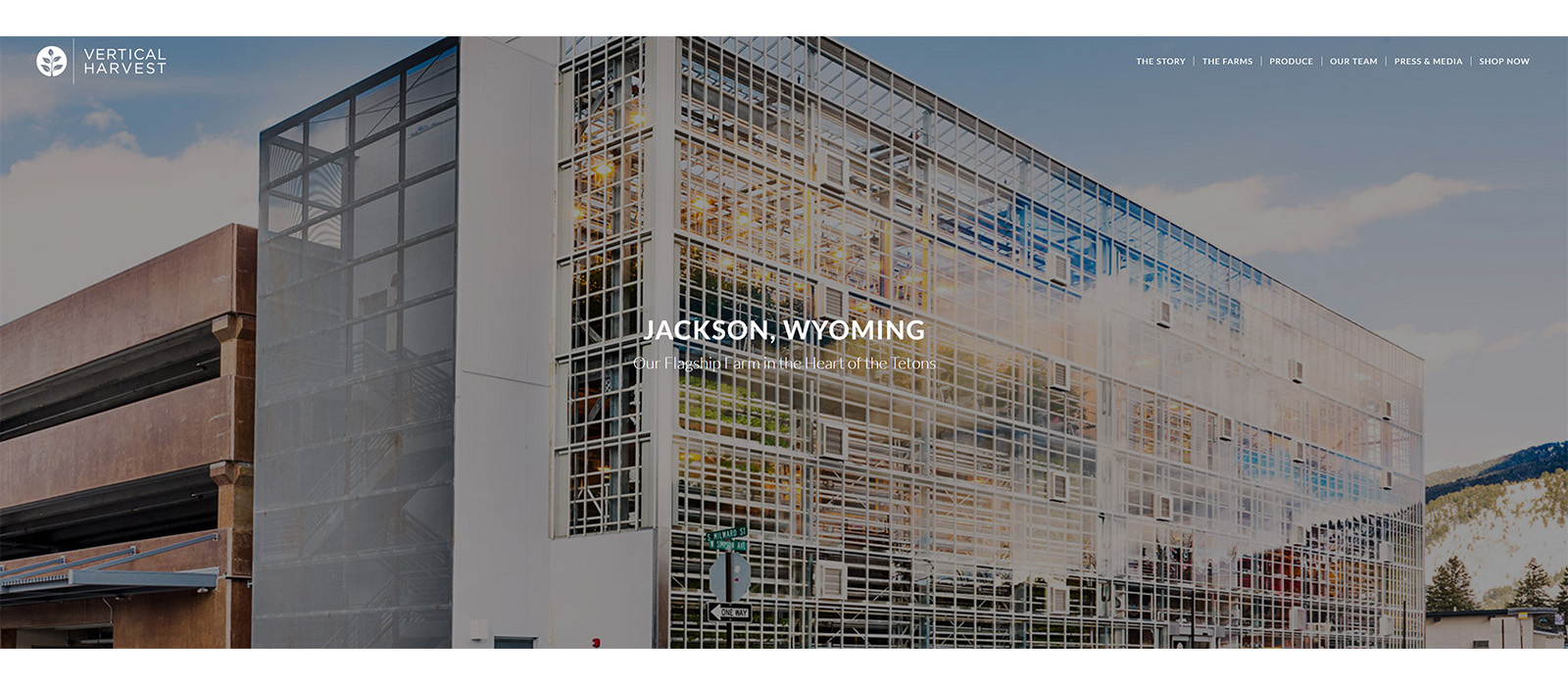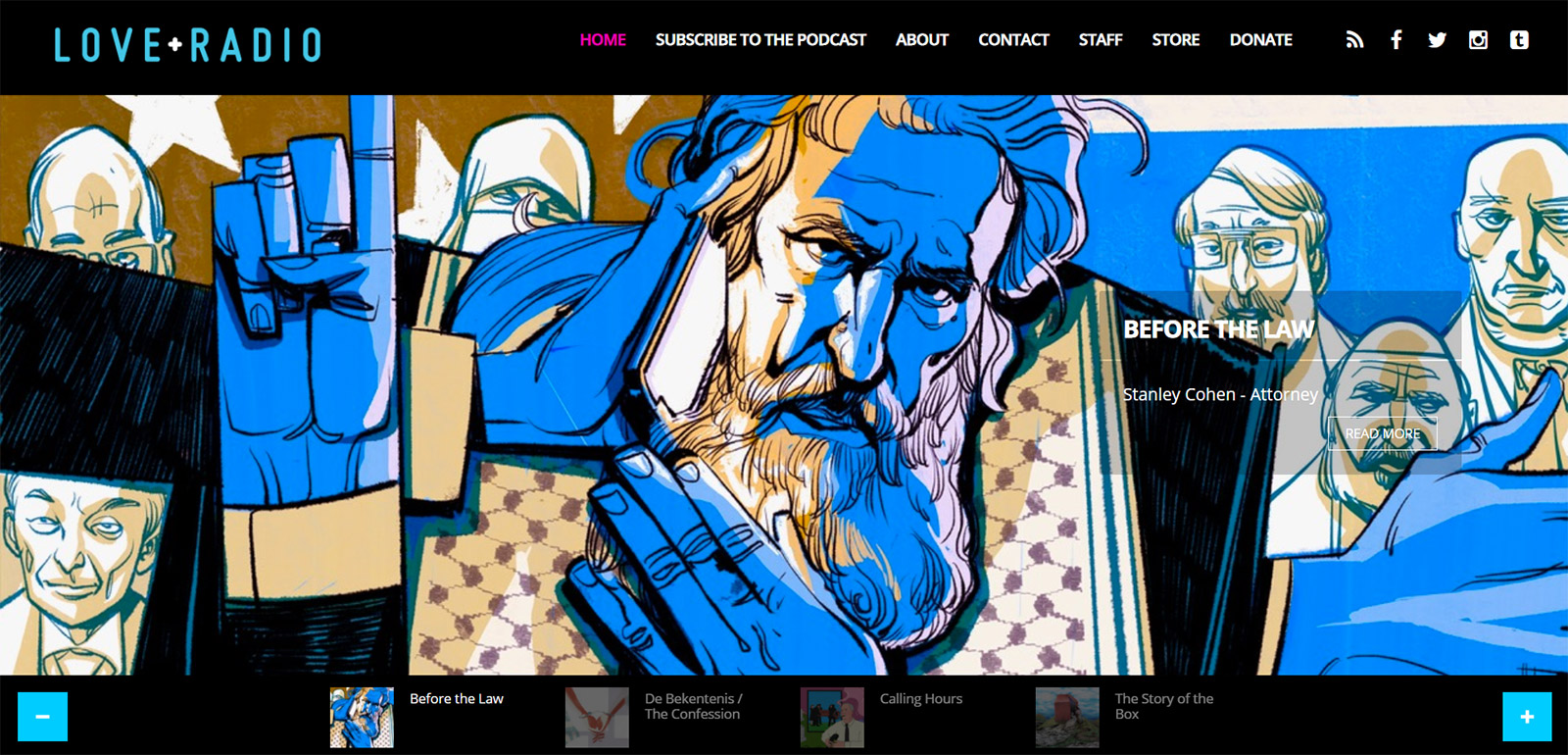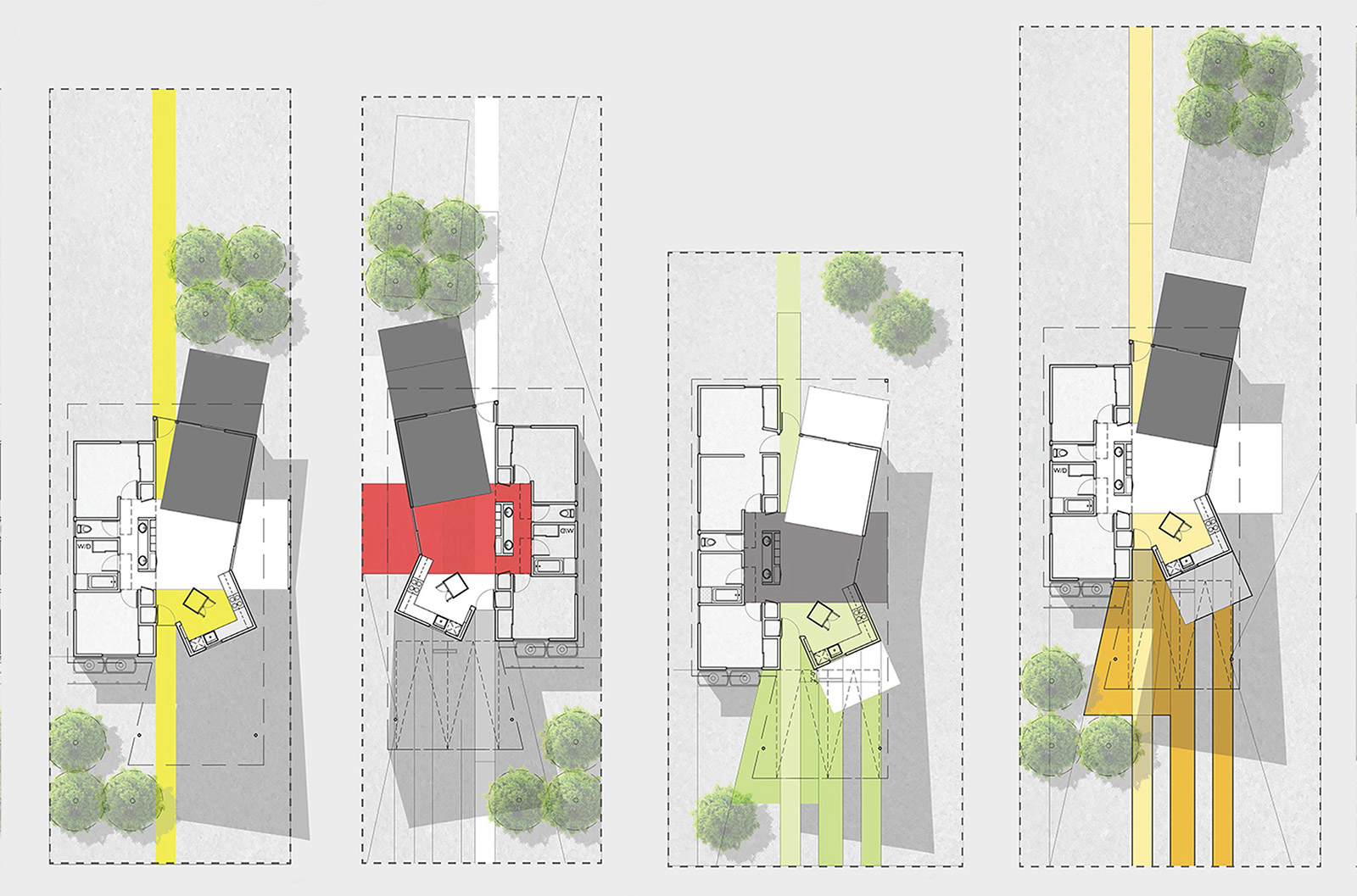As we move away from 2020 and walk into the eventual light of 2021, we wanted to share some things that have been keeping us creatively and intellectually nourished. Ideas we’ve been cogitating on; activities we’ve been engaged in; new skills we’re learning; books we’ve been reading; podcasts we’ve been listening to; all of which are playing a role in how we think about the future—professionally and personally. We hope you find inspiration and synergy from them, too, and look forward to sharing ideas soon.
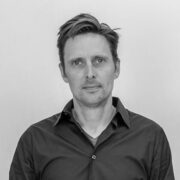 Andrew
Andrew
I recently completed the photographs for the upcoming book about Pacific Northwest master architect, Paul Kirk. This will be Grant Hildebrand’s tenth book, which was designed by Lucia Marquand, and will be published by ARCADE and distributed by the University of Washington Press. Photographing these works proved to be an exceptional tour of modern gems throughout the Pacific Northwest. The book should be on shelves later this fall.
Thanks to the patient team at BUILD, I’ve fully (and finally) embraced Building Information Modeling (BIM) and I’m learning Revit. Revit training videos by Lynda.com are available for free via the Seattle Public Library website and are an exceptional resource for us 40-something minds trained with Maylines and AutoCAD.
On a personal front, I’m designing a little getaway for my family and it’s inspiring me to think outside of the architectural box. I’ve been studying up on barn framing, Japanese roof forms, and Scandinavian summer cabins, each of which are playing a role in the design. There are a handful of books that have been outstanding resources, and I recommend visiting Peter Miller Books to pick up a copy of Bernardo Bader Architekten published by Quart Verlag, Northern Delights published by Gestalten, and Of Barns and Palaces by John Cava published by ORO Editions.
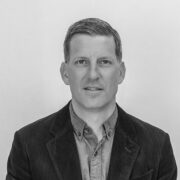 Kevin
Kevin
Professionally, as BUILD’s relatively new Community Development Director, I’ve enjoyed researching “Form Based (Land Use) Codes,” and I now believe this could be an applicable way to reorganize outdated land-use codes of many communities, including my own community in Sisters, Oregon. Unfortunately, the only good example I have is a hard copy, but you can get the gist from this link or other on-line resources. I’d like to thank Scott W, the actual Community Development Director in Sisters, for the reference material and inspiration.
On the world perspective front (re: humanity), I’ve found it helpful to regain my own perspective of what we have accomplished (positively) as a species with a refresh of the 2018 book Factfulness: Ten Reasons We’re Wrong About the World – and Why Things Are Better Than You Think written by Hans Rosling.
I’ve also enjoyed a few of the Liberty Puzzles over the pandemic time, because they are a solvable ‘problem’ among the others that often seem intractable.
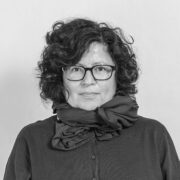 Kelly
Kelly
I’ve been reading A Promised Land by Barack Obama, which is a bona fide page-turner. For those looking for inspiration, or simply a story about a remarkable individual, look no further.
Not long ago I stumbled across a Food52 video of Seattle bookseller Peter Miller demonstrating how to wash dishes, which was inspired by his last book, How to Wash the Dishes. Peter considers this phase of a meal as the finishing of the task; that 30% of the act of cooking is the post-meal cleanup. This has been a game-changer for me in my own kitchen.
I recently ran across an article called Warren Buffet Says 4 Choices in Life Separate the Doers From Dreamers, which resonated with my pragmatic sensibilities.
1. Pick your friends wisely.
2. Go to bed a little smarter each day.
3. Improve communication skills.
4. Learn to say no.
Bonus: The Judy Room Videos
 Bart
Bart
Dwell Magazine recently published an article on “The pretty good house” which is piquing my interest. It covers the finer points of building a carefully considered home and replaces certifications and rating systems with actual solutions.
After watching a trivial little show with my wife about a chateau in France, my wheels started turning about buildings that last for multiple generations, and how I could build a home that would stand the test of time. This has led to some interesting material including a podcast by Home School’d on homes that last for centuries, a Green Building piece on a house intended to last for 500 years, and a BBC report on structures designed to last for tens of thousands of years.
<image removed>
 Carey
Carey
I’ve been captivated by the mapping project titled American Panorama which visualizes the movement of people, making often unseen connections to help inform a more equitable future.
In a year of binge watching, Studio Ghibli’s films are consistently imaginative, many with environmentalist messages that continue to be relevant. The attention to architectural detail is a bonus.
Also, Cheap Old Houses has been a refreshing escape from consumerism into a world that values history and character.
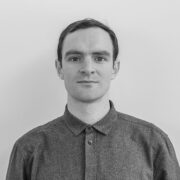 Cale
Cale
I’m drawn to seasonal changes and this short video on the Skigard Hytte in Fåvang, Norway caught my attention. The building’s connection to place and how the blanket of snow affects the building’s seasonal texture are wonderful. The project was designed by Mork-Ulnes Architects who has offices in Oslo and San Francisco. According to their website, they approach project with both Scandinavian practicality and a Californian can-do spirit of innovation.
I was recently inspired by an article titled Good Wood by Matty Hannon in volume 29.6 of The Surfers Journal (physical copy only, no online access). Amid illegal logging operations in Papua New Guinea, this article highlights a tree cutting ceremony for traditional balsa wood surfboards, handcrafted, and sustainably harvested by residents of a nearby village.
“A few days before, Ben and I had witnessed the international company’s methodical and unflinching strategy to destroy the land for private gain. Yet here we celebrate the wild, organic, and ritualistic grace of the village economy—cutting down a single tree for communal benefit.”
Sustainable Coastlines Hawaii is also a great resource for improving my plastic awareness and they have a popular Instagram account.
 Justin
Justin
Vertical Harvest has gained my attention as one of the more successful examples of urban agriculture in the world. They use hydroponics in a rotating vertical system, built on the side of a parking garage in Jackson Hole, WY. Then they sell the produce to local restaurants and primarily employ people with special needs.
In the podcast department, the Love and Radio Podcast produces truly beautiful stories and interviews with an eclectic range of topics. “Love and Radio is a cosmic pollen cloud of audio awesomeness. I’m constantly amazed when I listen. As storytelling, it’s breaking new ground.”—Jad Abumrad, host, Radiolab
I recently read Invisible Cities by Italo Calvino (I’m sure many of you have read this before—I was a bit late to the party on this one). The book includes imagined conversations in which the adventurer Marco Polo describes the cities he has visited to the Mongolian Emperor Kublai Khan. The link here is to an artist’s renderings of the cities described by Marco Polo. The book is an essential read for any young Dungeon Master who needs some inspirational fodder for their fantasy world.
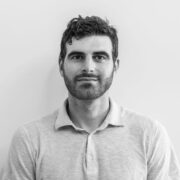 Nicco
Nicco
I recently read Braiding Sweetgrass by Robin Wall Kimmerer which, in NPR’s words “explains how developing a wider ecological consciousness can foster an increased understanding of both nature’s generosity and the reciprocal relationship humans have with the natural world”. I found the book enlightening in its ability to open my mind toward the indigenous perspective toward life. I believe this is critical in understanding what “sustainability” means with regards to our existing society and how we imagine our future.
Lehrer Architects’ Restore Neighborhood Los Angeles—200k Homes project has caught my attention for a variety of reasons. More so than the final product, I want to emphasize the process this Los Angeles-based firm is using to tackle affordable housing. By finding a typical lot and designing a typology to fit it, they are able to subsidize design costs. This process, along with the clever use of inexpensive materials, enables the revitalization of marginalized neighborhoods in south LA without gentrifying them. Housing affordability and ecological sustainability/resilience are the main issues we will need to tackle in the built environment, and this seems to be an elegant solution that addresses both.
For audiobooks, I highly recommend Sapiens and Home Deus, by Yuval Noah Harari.
While I don’t wholeheartedly agree with all of his conclusions, I appreciate the breadth these books take on, as well as the way they lay out the history of our species on the planet. These are absolute must reads (or listens). In fact, these books lend themselves particularly well to audiobooks—the narration is captivating and a perfect pairing for mundane architectural tasks, such as photoshopping.
Cheers from team BUILD






